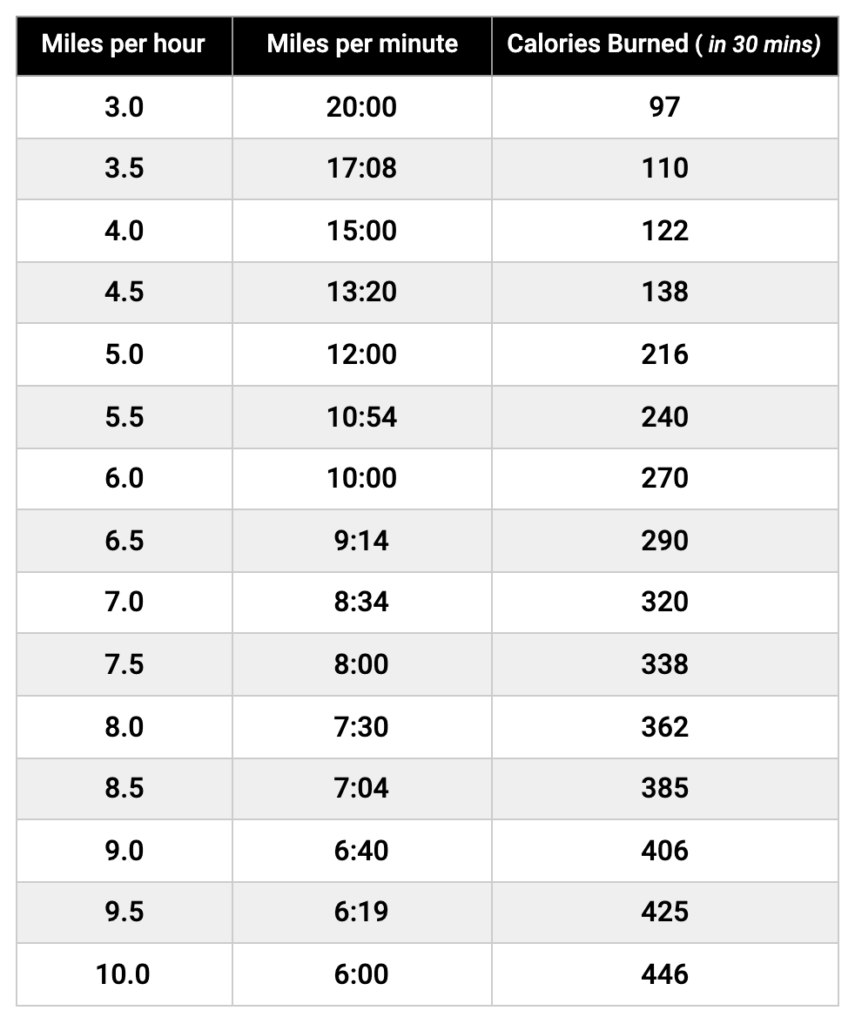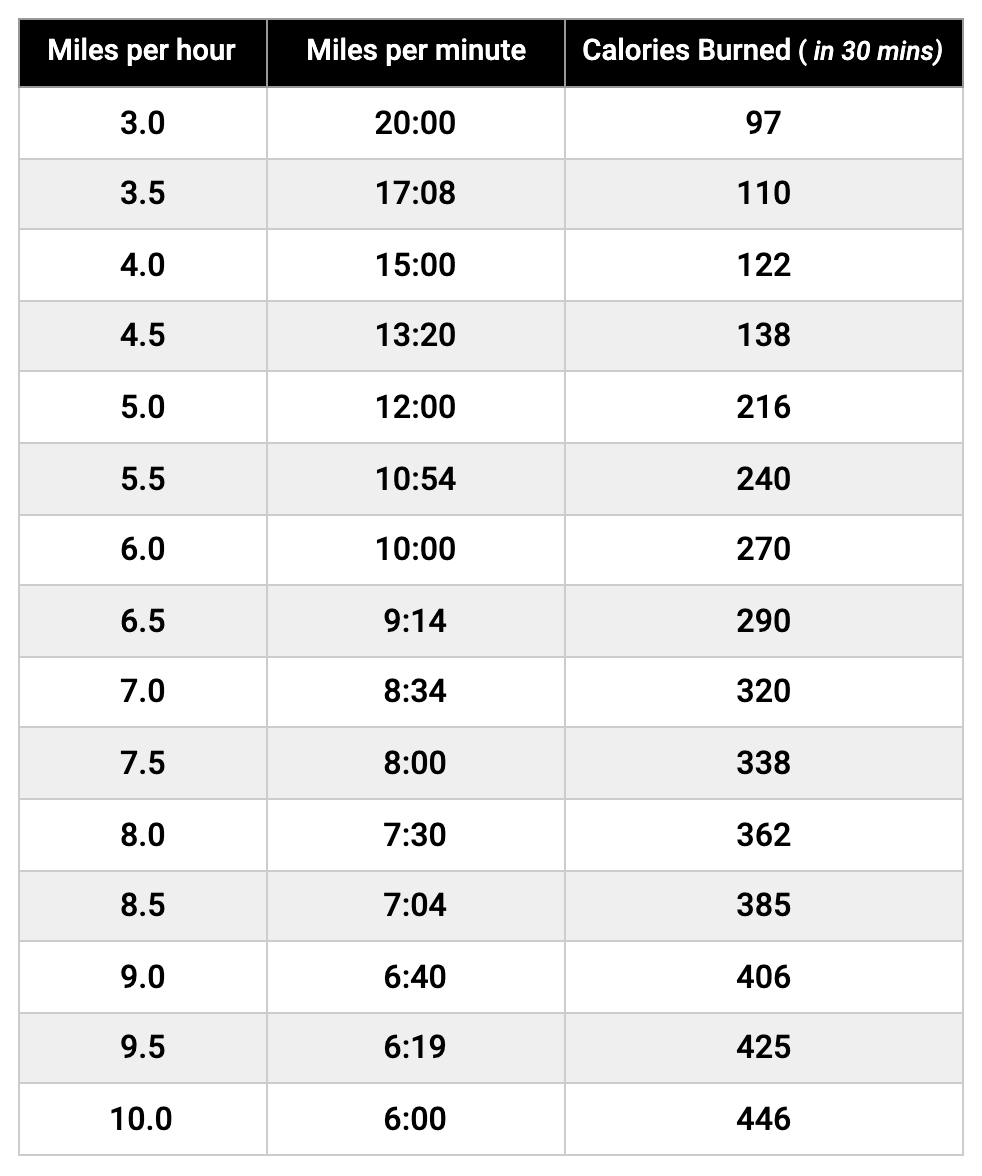So you want to shed those extra pounds and you’re wondering if running is the answer? Well, you’re not alone. It seems like every day there’s a new fitness craze promising instant results, but when it comes to weight loss, is running really the most effective strategy? In this article, we’ll explore the science behind running as a weight loss strategy and whether or not it lives up to the hype. So grab your running shoes and let’s hit the pavement!
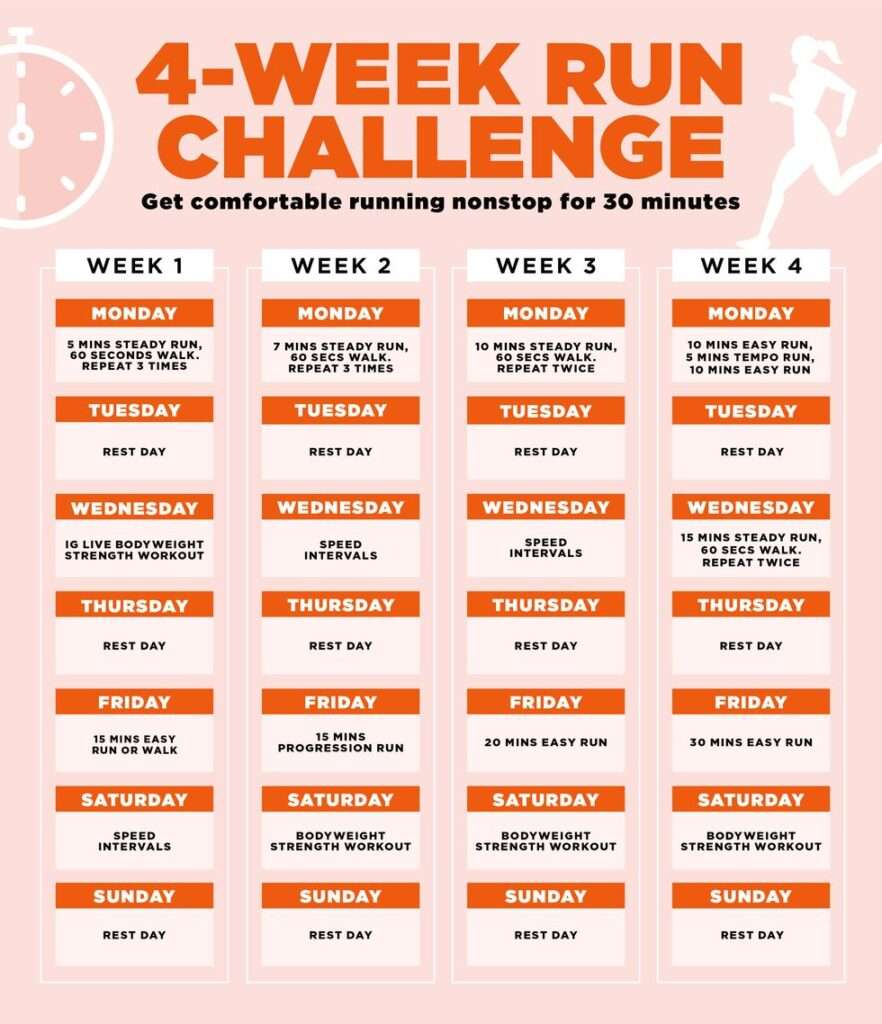
The Benefits of Running for Weight Loss
Increases calorie burn
Running is a fantastic way to increase your calorie burn and accelerate weight loss. When you run, your body works hard to propel you forward, engaging multiple muscles in your legs, core, and upper body. This increased effort results in a higher expenditure of energy, ultimately leading to more calories burned. The more calories you burn, the greater potential for weight loss.
Boosts metabolism
In addition to the immediate calorie burn during your run, running also has long-term benefits for your metabolism. Regular running can help increase your metabolic rate, meaning your body burns more calories at rest. This is due to the increase in muscle mass that comes with running. Moderate to high-intensity running sessions can stimulate muscle growth, which in turn boosts metabolism and aids in weight loss.
Improves cardiovascular health
Running is a fantastic cardiovascular exercise that strengthens your heart and improves overall cardiovascular health. Regular running helps to reduce the risk of heart disease, lower blood pressure, and improve blood circulation. When you run, your heart pumps more blood to your muscles, delivering oxygen and nutrients while removing waste products more efficiently. Improved cardiovascular health not only supports weight loss but also contributes to a healthier and more active lifestyle.
Factors to Consider Before Starting a Running Routine
Current fitness level
Before starting a running routine for weight loss, it’s essential to assess your current fitness level. If you are relatively new to exercise or have any underlying health conditions, it is crucial to consult with your healthcare provider before beginning a running program. They can provide guidance on how to start safely and advise on any modifications you may need to make to suit your individual needs.
Health conditions
Certain health conditions may necessitate caution or modifications when it comes to running. For example, individuals with joint problems or injuries, such as arthritis or knee pain, should be mindful of the impact running can have on their joints. It’s important to consider any pre-existing conditions or injuries and speak with a healthcare professional or a certified running coach to determine if running is suitable for you and how to minimize the risks.
Availability of time and space
Running requires time and an appropriate space to do it safely. Consider your daily schedule and determine how much time you can commit to a running routine. Additionally, assess if you have access to safe running routes or a treadmill if outdoor options are limited. Planning ahead and ensuring you have the necessary time and space for running will help set you up for success and make it easier to incorporate running into your weight loss journey.
Designing an Effective Running Routine for Weight Loss
Setting achievable goals
One of the first steps in designing a running routine for weight loss is setting achievable goals. Your goals will provide you with direction and motivation throughout your journey. It’s important to set both short-term and long-term goals that are specific, measurable, attainable, relevant, and time-bound (SMART). For example, a short-term goal could be running for 20 minutes without stopping, while a long-term goal could be completing a half marathon. By breaking down your weight loss and running goals into manageable milestones, you can track your progress and stay motivated.
Choosing the right duration and intensity
When it comes to running for weight loss, finding the right balance of duration and intensity is key. If you’re new to running, start with shorter durations at a comfortable pace and gradually increase both the duration and intensity as your fitness improves. Aim for at least 150 minutes of moderate-intensity aerobic activity, such as running, per week to achieve weight loss benefits. However, don’t be afraid to challenge yourself with higher-intensity workouts, such as interval training, as you progress. Mixing up your running routine with different durations and intensities keeps your body challenged and helps prevent plateaus.
Incorporating interval training
Interval training is an effective strategy for weight loss and can be easily incorporated into your running routine. It involves alternating between periods of high-intensity running or sprinting and periods of active recovery or slower-paced running. Interval training helps increase calorie burn, improve cardiovascular fitness, and boost metabolism. To incorporate interval training into your running routine, try running at a challenging pace for 1-2 minutes, followed by a slower recovery period of 1-2 minutes. Repeat this pattern for a set number of intervals, gradually increasing the intensity and duration as you progress.
Running vs. Other Forms of Exercise for Weight Loss
Comparing calorie burn
When comparing running to other forms of exercise for weight loss, it’s essential to consider the calorie burn. Running is a high-impact, weight-bearing exercise that allows you to burn calories at a rapid rate. On average, a 150-pound person can expect to burn approximately 300-400 calories in 30 minutes of running, depending on the intensity. However, it’s important to note that individual calorie burn can vary based on factors such as weight, body composition, and effort level.
Impact on muscle mass
Running primarily focuses on the lower body muscles, including the quadriceps, hamstrings, calves, and glutes. While running helps build strength and endurance in these muscle groups, it may not be as effective in promoting overall muscle mass compared to resistance training exercises. Including strength training exercises alongside your running routine can help preserve and build muscle, which is beneficial for weight loss. By combining running with exercises such as squats, lunges, and strength-training machines, you can achieve a more well-rounded workout routine and maximize weight loss.
Sustainability and enjoyment
An essential aspect of any exercise routine is its sustainability and enjoyment factor. Running offers the advantage of being a versatile and accessible form of exercise that can be done indoors on a treadmill or outdoors in various scenic locations. It is also a relatively low-cost activity compared to other forms of exercise. However, not everyone enjoys running, and it may not be suitable or enjoyable for everyone. The key to long-term success is finding an exercise routine that you genuinely enjoy and can stick to. If running isn’t your cup of tea, consider exploring other activities such as cycling, swimming, or dancing, as long as they provide the necessary calorie burn and overall enjoyment.
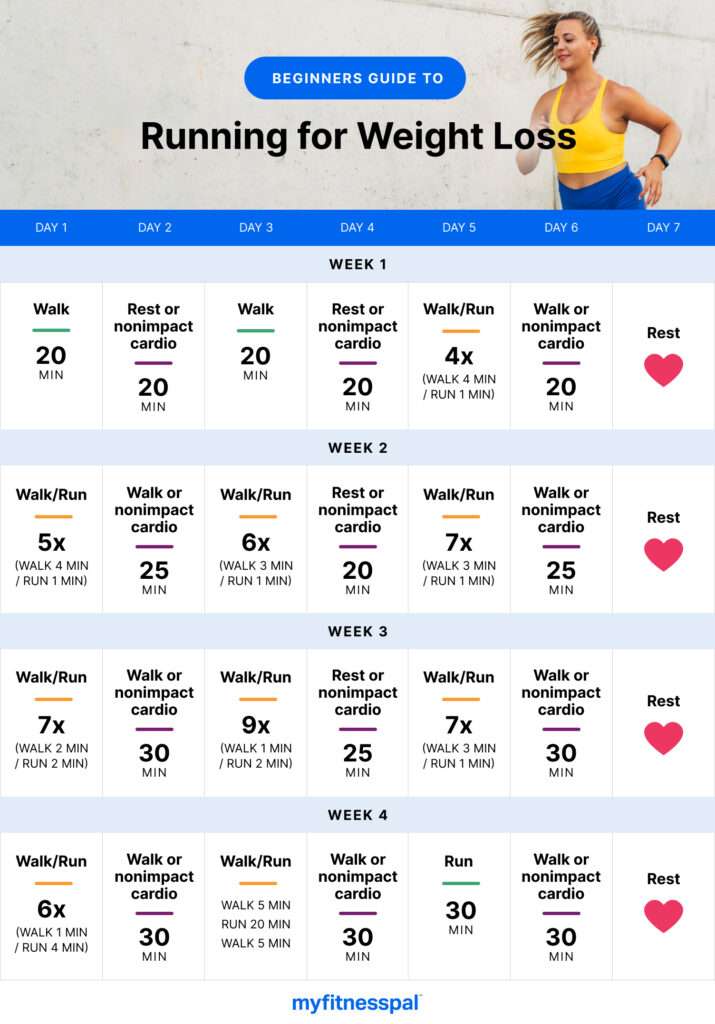
Potential Risks and Precautions
Impact on joints and muscles
While running has numerous benefits, it is a high-impact activity that puts stress on your joints and muscles, particularly in the lower body. This impact can potentially lead to injuries or exacerbate pre-existing joint conditions. It is essential to pay attention to your body’s signals and listen to any discomfort or pain. Gradually increase the duration and intensity of your runs, ensure you have proper running form, and take rest days to allow your body to recover. If you experience persistent pain or injuries, seek medical attention and consider incorporating low-impact exercises or cross-training activities to reduce stress on your joints.
Overtraining and burnout
When starting a running routine, it’s natural to feel enthusiastic and motivated. However, it’s important to avoid overtraining and burnout by allowing your body ample time for rest and recovery. Overtraining occurs when you consistently push your body beyond its limits without sufficient recovery time, leading to decreased performance, increased risk of injuries, and mental fatigue. Incorporating rest days into your running routine and balancing your exercise with other low-impact activities, such as yoga or stretching, can help prevent overtraining and promote long-term success.
Proper footwear and running technique
To reduce the risk of injuries and enhance your running experience, it is crucial to invest in proper footwear and practice good running technique. Ill-fitting shoes or shoes that do not provide adequate support can lead to foot, ankle, or knee problems. Visit a specialized running store to get fitted for shoes that suit your unique gait and foot structure. Additionally, focus on maintaining good running form, such as maintaining an upright posture, landing on the midfoot, and swinging your arms efficiently. Seeking guidance from a running coach or watching instructional videos can help you fine-tune your running technique and minimize the risk of injury.
Supplementary Strategies to Enhance Weight Loss
Strength training
Incorporating strength training alongside your running routine can greatly enhance weight loss efforts. Strength training exercises help build lean muscle mass, which can increase metabolism and calorie burn even at rest. Include exercises that target major muscle groups, such as squats, lunges, push-ups, and planks, into your workout routine. Aim for strength training sessions two to three times per week, alternating between different muscle groups to promote overall strength and help in toning the body.
Balanced nutrition
Running alone is not enough for effective weight loss; a balanced diet also plays a crucial role. Ensure you are consuming a well-rounded diet that includes lean protein, whole grains, fruits, and vegetables. Opt for nutrient-dense foods that provide sustained energy, help repair muscles, and support overall good health. Stay hydrated by drinking plenty of water before, during, and after your runs. Avoid crash diets or extreme calorie restrictions, as they can negatively impact your energy levels and overall well-being.
Adequate rest and recovery
Rest and recovery are just as important as the workouts themselves when it comes to weight loss and overall health. When you run, your muscles experience micro-tears that need time to repair and grow stronger. Aim for at least one to two rest days per week to allow your body to recover and reduce the risk of overuse injuries. Additionally, prioritize sleep and aim for seven to nine hours of quality sleep each night. Quality sleep supports muscle recovery, hormone regulation, and overall well-being, contributing to successful weight loss.
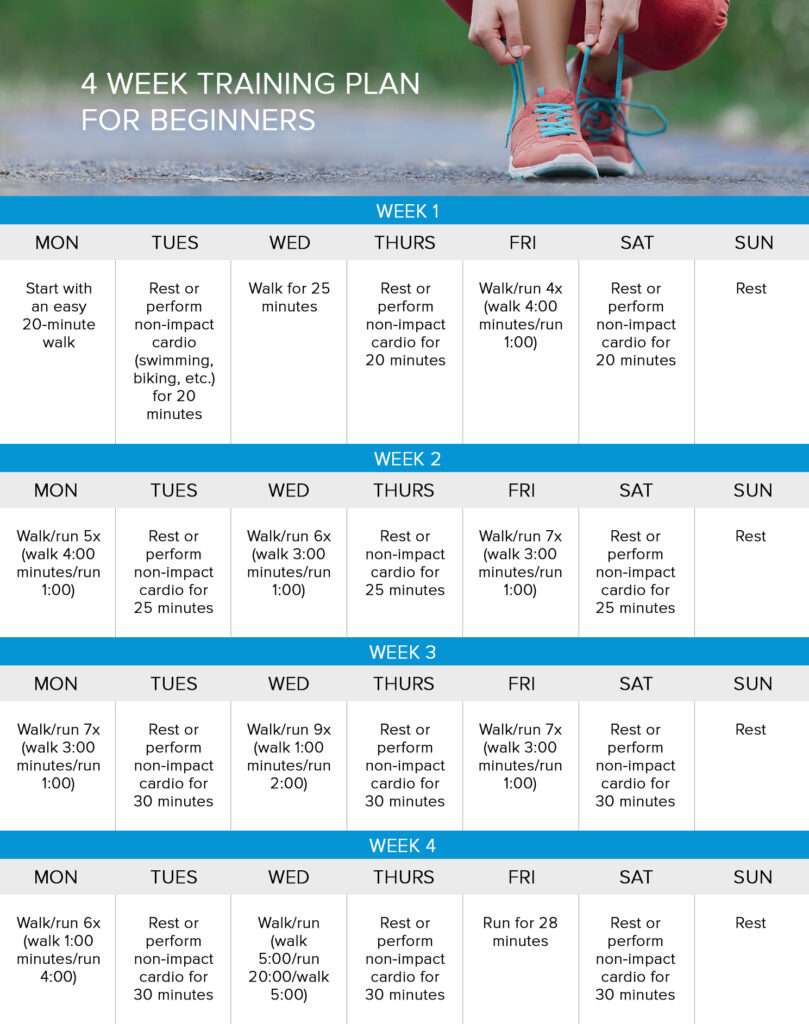
Combining Running with Other Lifestyle Changes
Setting a calorie deficit
To achieve weight loss through running or any other form of exercise, it’s important to create a calorie deficit. This means consuming fewer calories than your body needs for daily activities and exercise. While running increases calorie burn, it’s crucial to combine it with a balanced and calorie-controlled diet. Calculate your daily caloric needs based on factors such as age, gender, height, weight, and activity level. Aim to create a moderate calorie deficit of around 500 calories per day for sustainable weight loss. However, consult with a registered dietitian or nutritionist to ensure you are meeting your nutritional needs while creating a calorie deficit.
Stress management
Stress can have a significant impact on weight loss efforts. High stress levels can lead to emotional eating, increased cravings for unhealthy foods, disrupted sleep, and even hormonal imbalances. Incorporate stress management techniques into your daily routine, such as mindfulness meditation, deep breathing exercises, or engaging in activities that help you relax and unwind. Managing stress effectively can support weight loss and overall well-being.
Sleep optimization
Adequate and quality sleep is vital for weight loss and overall health. Lack of sleep can disrupt hunger hormones, leading to increased appetite and cravings, as well as decreased motivation for exercise. Prioritize sleep hygiene by creating a relaxing bedtime routine, avoiding screens before bed, and creating a cool, dark, and quiet sleep environment. By optimizing your sleep, you can support your weight loss efforts and enhance your overall well-being.
Monitoring Progress and Adjusting the Running Routine
Keeping track of distance and time
Monitoring your progress is key to staying motivated and making adjustments as needed. Keep a record of your runs, including the distance covered, duration, and any additional notes about the intensity or terrain. Utilize running apps or fitness trackers that can accurately track your running metrics. By measuring your progress over time, you can make informed decisions about when to increase the duration or intensity of your runs to continue challenging yourself and promoting weight loss.
Listening to your body’s cues
Your body is an excellent indicator of when it needs rest or when you may need to make adjustments to your running routine. Pay attention to any discomfort, pain, or excessive fatigue during or after your runs. If soreness lingers or you experience persistent pain, dial back the intensity or duration of your runs and focus on rest and recovery. Ignoring your body’s signals can lead to injuries and setbacks. Remember that progress is not always linear, and it’s important to give your body the care and attention it needs.
Modifying intensity and distance
As your fitness level improves, don’t be afraid to challenge yourself by modifying the intensity and distance of your runs. Gradually increase both the duration and intensity to continue progressing towards your weight loss goals. Incorporate interval training, hill workouts, or tempo runs to add variety and challenge to your routine. Strive for a balance between pushing yourself and maintaining a sustainable routine that you enjoy. Adjusting your running routine regularly will help prevent plateaus and keep you engaged in your weight loss journey.
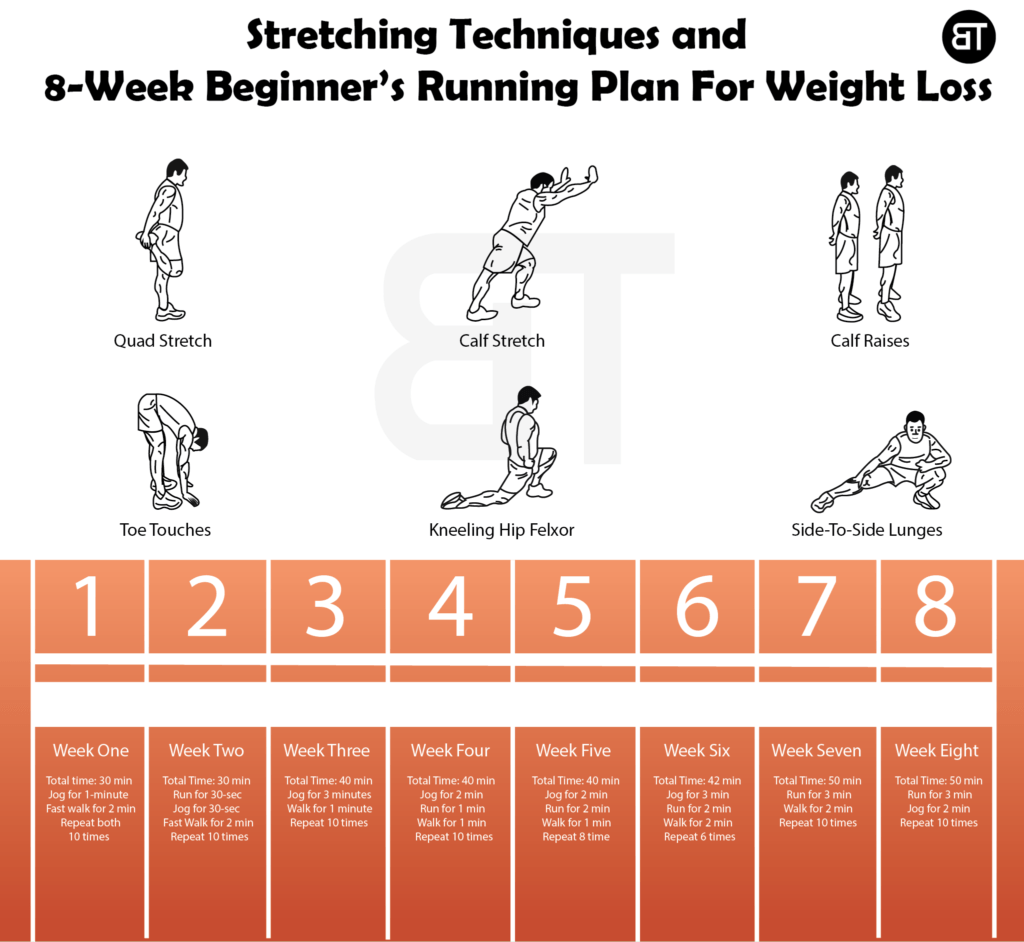
Motivation and Overcoming Challenges
Finding intrinsic and extrinsic motivation
Motivation plays a crucial role in any weight loss journey, including running for weight loss. There are two types of motivation: intrinsic, which comes from within, and extrinsic, which comes from external factors. Find what motivates you personally, whether it’s the sense of accomplishment, improved health, or the desire to set a positive example for others. Additionally, seek out external sources of motivation, such as joining a running group, signing up for races, or using a running app that provides challenges and rewards. By tapping into both intrinsic and extrinsic motivation, you can stay focused and committed to your weight loss goals.
Dealing with plateaus
Weight loss plateaus are common and can be discouraging. If you find that your weight loss progress has stalled despite your running efforts, it’s important not to lose hope. Plateaus can occur as your body adapts to the physical demands of running and weight loss. To overcome plateaus, try adjusting your running routine by incorporating interval training, increasing the duration or intensity, or adding strength training exercises. Evaluate your nutrition and ensure you’re still maintaining a calorie deficit. Additionally, reassess your overall lifestyle habits to ensure you’re practicing self-care and managing stress effectively.
Incorporating variety and fun
Keeping your running routine exciting and enjoyable is key to long-term success. Incorporate variety into your runs by exploring different routes, trails, or terrains. Mix up your workouts by trying different types of running, such as hill sprints, trail runs, or long-distance runs. Consider participating in races or fun runs to give yourself a goal to work towards. Additionally, diversify your workouts by cross-training with activities like swimming, cycling, or strength training. By incorporating variety and fun into your running routine, you can stay engaged, motivated, and continue making progress towards your weight loss goals.
Conclusion
Running is a powerful tool for weight loss when incorporated into a holistic approach to wellness. Its ability to increase calorie burn, boost metabolism, and improve cardiovascular health makes it an attractive exercise option. However, it is essential to consider factors such as your current fitness level, health conditions, and availability of time and space before starting a running routine. Designing an effective running routine involves setting achievable goals, choosing the right duration and intensity, and incorporating interval training. While running offers many benefits, it’s important to understand how it compares to other forms of exercise, consider potential risks and precautions, and implement supplementary strategies such as strength training, balanced nutrition, and adequate rest. Combining running with other lifestyle changes, such as setting a calorie deficit, managing stress, and optimizing sleep, can further enhance weight loss efforts. Monitoring progress and adjusting the running routine, staying motivated, and overcoming challenges are also critical for long-term success. In conclusion, running as part of a holistic weight loss strategy has the potential to yield significant and sustainable results when approached with proper planning, safety precautions, and a positive mindset.
